As winter’s chill gives way to spring’s warmth, our gardens once again become bustling hubs of wildlife activity. Birds return from migration, pollinators emerge from hibernation, and the ecosystem surrounding our homes reawakens. This spring, why not enhance this natural renaissance by implementing DIY feeders that genuinely work? Homemade feeding stations not only provide essential nutrition to local wildlife during transitional seasons but also create opportunities for close observation of nature’s intricacies. From simple repurposed household items to more elaborate weekend projects, functional DIY feeders can transform your outdoor space into a thriving sanctuary while offering educational experiences for the whole family.
Understanding the Importance of Reliable Feeders in Spring
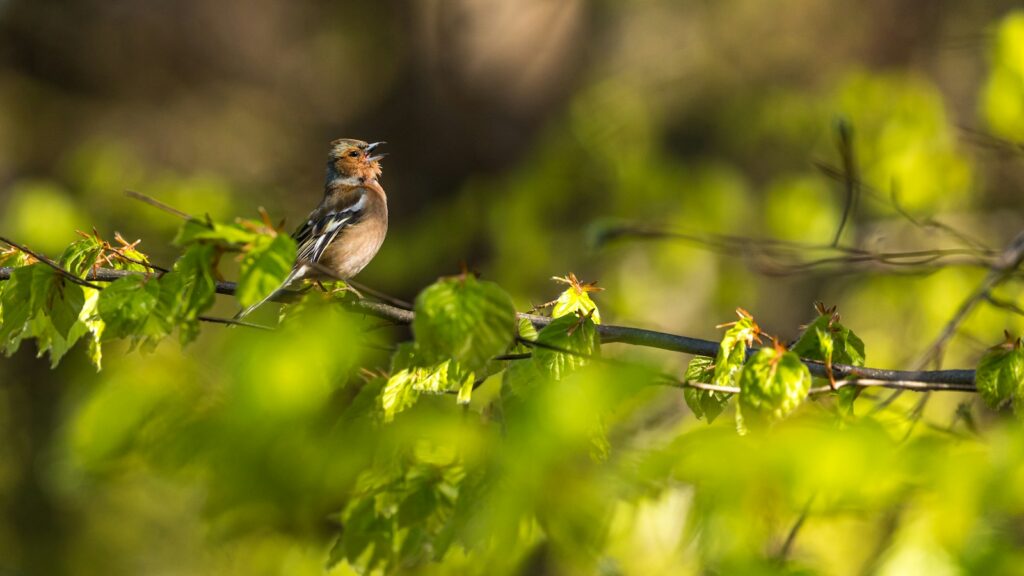
Spring represents a critical period for wildlife as many species are either recovering from winter’s scarcity or preparing for breeding season. During this transitional time, natural food sources may not yet be abundant, creating a potential nutrition gap that well-designed feeders can help bridge. Migratory birds returning from long journeys particularly benefit from dependable feeding stations that replenish their energy reserves. Properly functioning feeders also support nesting birds who need extra calories while caring for their young. Additionally, consistently available food sources in spring can help wildlife maintain optimal health during a physically demanding season of growth and reproduction.
Common Problems with Store-Bought Feeders
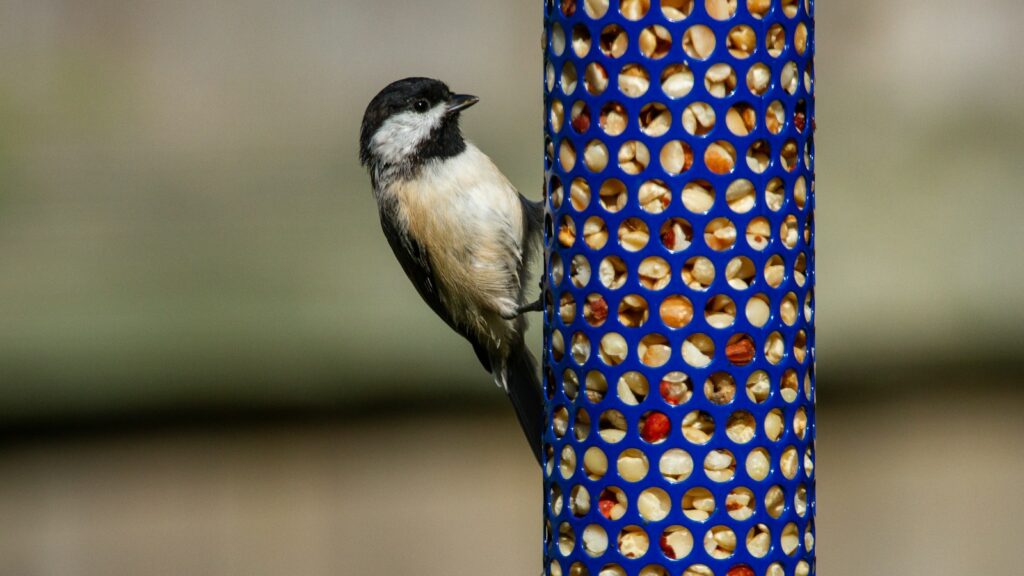
Commercial feeders often come with disappointing drawbacks that DIY alternatives can effectively address. Many store-bought options feature flimsy construction that fails under weather stress or determined squirrel attacks, requiring frequent replacements. Plastic components may crack after exposure to seasonal temperature fluctuations, creating sharp edges that can harm visiting wildlife. Mass-produced feeders frequently employ one-size-fits-all designs that don’t accommodate the specific feeding habits of birds and other creatures in your particular region. Perhaps most frustratingly, commercial feeders can be unnecessarily expensive for what often amounts to simple construction, making cost-effective DIY alternatives especially appealing to budget-conscious wildlife enthusiasts.
Environmental Benefits of Creating Your Own Feeders

Crafting feeders from existing materials significantly reduces environmental impact by repurposing items that might otherwise enter landfills. When you transform household objects like plastic bottles, wooden pallets, or ceramic dishes into wildlife feeding stations, you participate in practical upcycling that extends the useful life of these materials. DIY feeders allow you to avoid purchasing new plastic products, helping reduce demand for petroleum-based manufacturing processes. Many homemade designs incorporate natural or biodegradable materials that will eventually decompose harmlessly rather than persisting in the environment. Furthermore, sustainably sourced feeders establish a tangible connection between conservation principles and everyday actions, reinforcing eco-conscious habits.
The Pine Cone Feeder: Simple Yet Effective
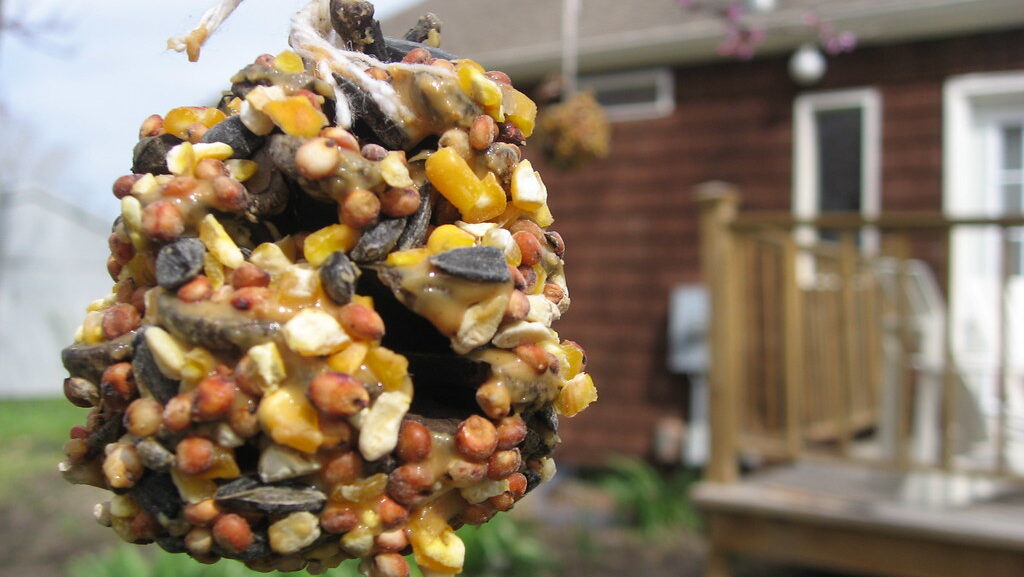
The humble pine cone feeder stands as perhaps the most accessible DIY project for beginning naturalists, requiring minimal materials while delivering impressive results. Creating this feeder involves coating a dried pine cone with a mixture of peanut butter and vegetable shortening, then rolling it in bird seed until thoroughly covered. The pine cone’s natural crevices perfectly capture seeds while providing multiple perching points for small birds like chickadees, nuthatches, and finches. This biodegradable option can be suspended from tree branches using natural twine, creating a visually pleasing and environmentally sound feeding station. Children particularly enjoy making pine cone feeders, making this project an excellent way to introduce younger generations to wildlife care and observation.
Upcycled Plastic Bottle Feeders That Actually Work
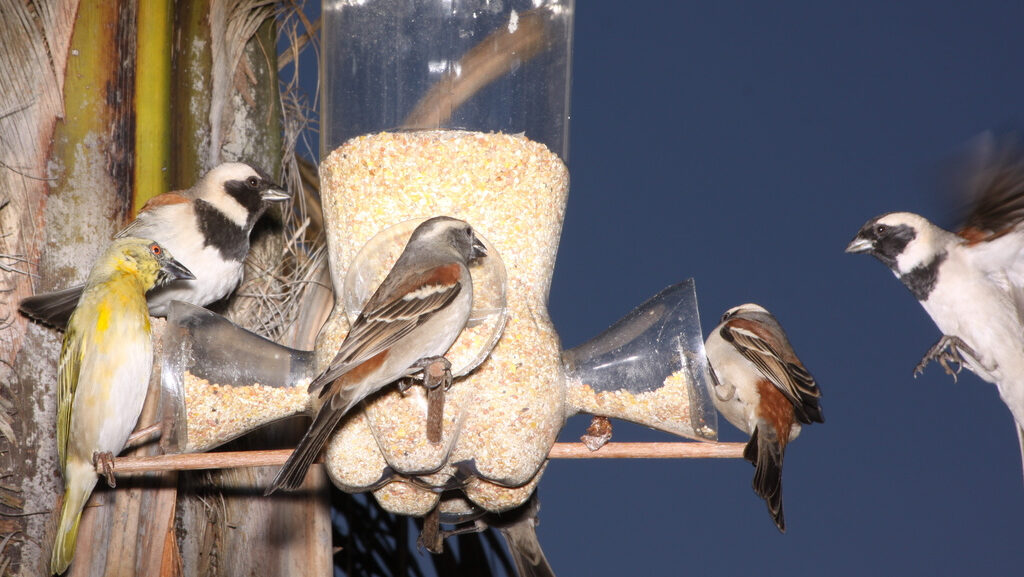
Plastic bottles represent ideal raw materials for functional feeders due to their weather resistance and versatility. To create an effective bottle feeder, clean a two-liter soda bottle thoroughly, then cut small feeding ports about 2-3 inches from the bottom using a utility knife or scissors. Insert wooden spoons or dowels through the bottle just beneath these openings to create perches that align perfectly with the feeding ports. The bottle’s screw top makes refilling straightforward while keeping seed dry during spring showers. For enhanced durability, reinforce the hanging mechanism by threading nylon cord through the bottle’s upper section rather than relying solely on the bottle’s plastic for support. These feeders work particularly well for dispensing black oil sunflower seeds, a high-energy favorite among many bird species.
Tea Cup Feeders: Charming and Functional
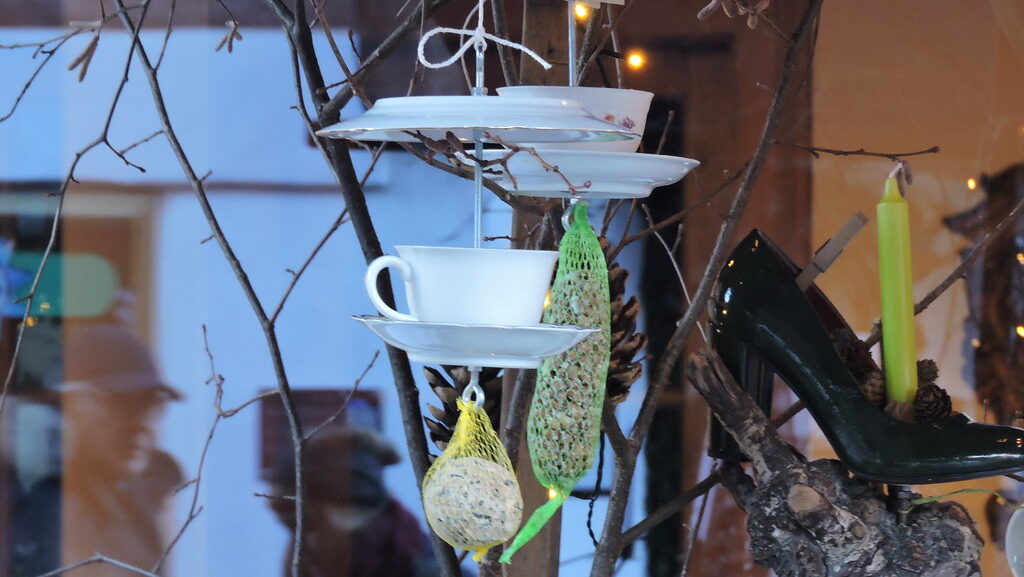
Discarded tea cups and saucers transform beautifully into decorative feeders that reliably serve smaller garden birds. Creating these whimsical stations involves securely attaching a vintage tea cup to its matching saucer using waterproof adhesive, creating a shallow basin surrounded by a charming perching rim. The saucer catches seed spillage while providing additional feeding space beyond the cup itself. These feeders perform exceptionally well when mounted on fence posts or hung from shepherd’s hooks where they become artistic garden accents and functional wildlife stations simultaneously. Porcelain and ceramic materials withstand weather admirably while requiring minimal maintenance beyond occasional cleaning. Collections of mismatched tea cups can create visually striking feeding stations throughout the garden, each attracting slightly different bird species based on placement and height.
Platform Feeders: The Versatile Solution
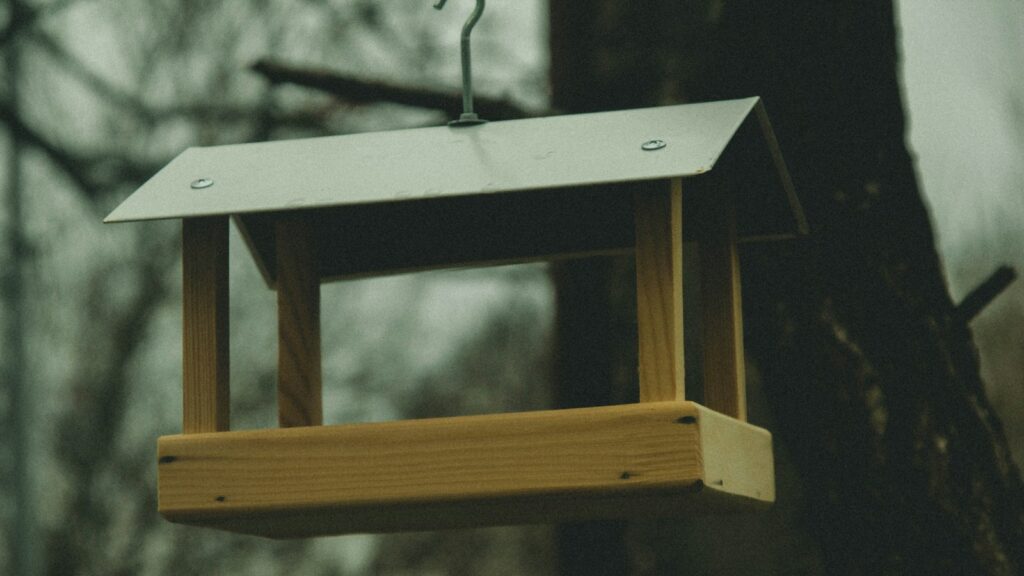
Platform feeders represent perhaps the most universally effective design for attracting diverse wildlife with their open, accessible feeding surface. Constructing a basic platform feeder requires only a wooden frame supporting hardware cloth or mesh material that allows for drainage while securely holding seed. The addition of a simple raised rim prevents excessive seed spillage during feeding activities or windy conditions. These spacious designs accommodate larger birds like cardinals and jays that might avoid tube feeders, while also serving ground-feeding species that prefer open dining arrangements. Platform feeders excel at offering mixed seed blends, cracked corn, or even fruit pieces that wouldn’t dispense properly through other feeder styles. For enhanced functionality, consider adding a simple roof structure to protect food from spring rain showers while maintaining the open-sided accessibility that makes these feeders so popular among birds.
Creating Hummingbird Feeders That Don’t Leak
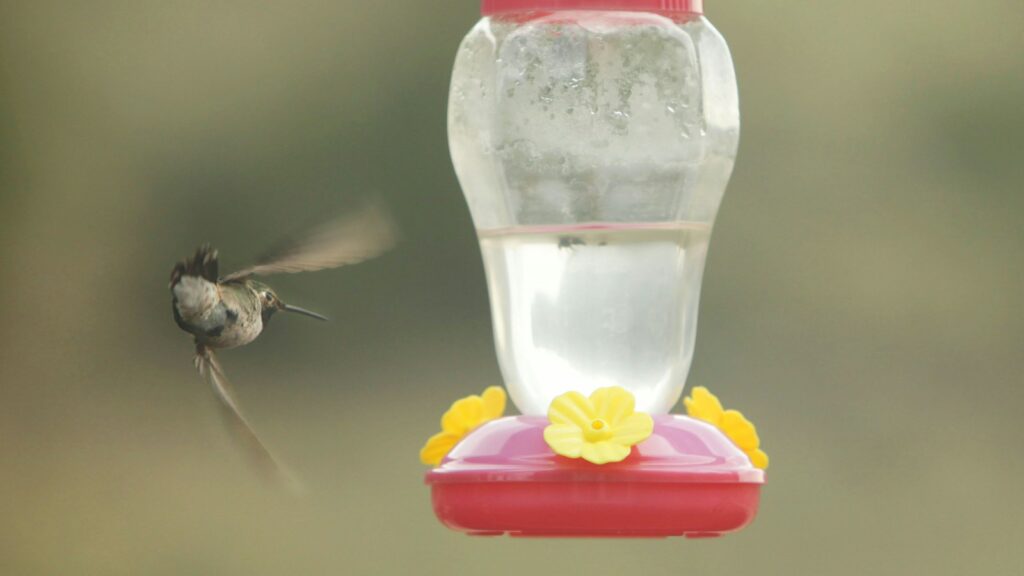
Hummingbird feeders present unique challenges that many commercial options fail to address, particularly regarding nectar leakage that wastes sugar water and attracts unwanted insects. A successful homemade design utilizes small glass bottles with tightly sealing plastic flowers attached using a combination of food-safe silicone and plastic tubing. The key to preventing leaks involves creating a vacuum seal by ensuring all openings except the feeding ports are completely airtight. Inverted designs work particularly well as they dispense nectar only when a hummingbird’s tongue disrupts the vacuum, preventing constant dripping that plagues many store-bought models. For optimal results, incorporate red accents on the feeder itself rather than coloring the nectar, which can contain harmful additives when commercial dyes are used. Homemade hummingbird feeders should always include perching options, as these tiny birds actually prefer to rest while feeding despite their renowned hovering abilities.
Squirrel-Resistant Designs That Actually Succeed
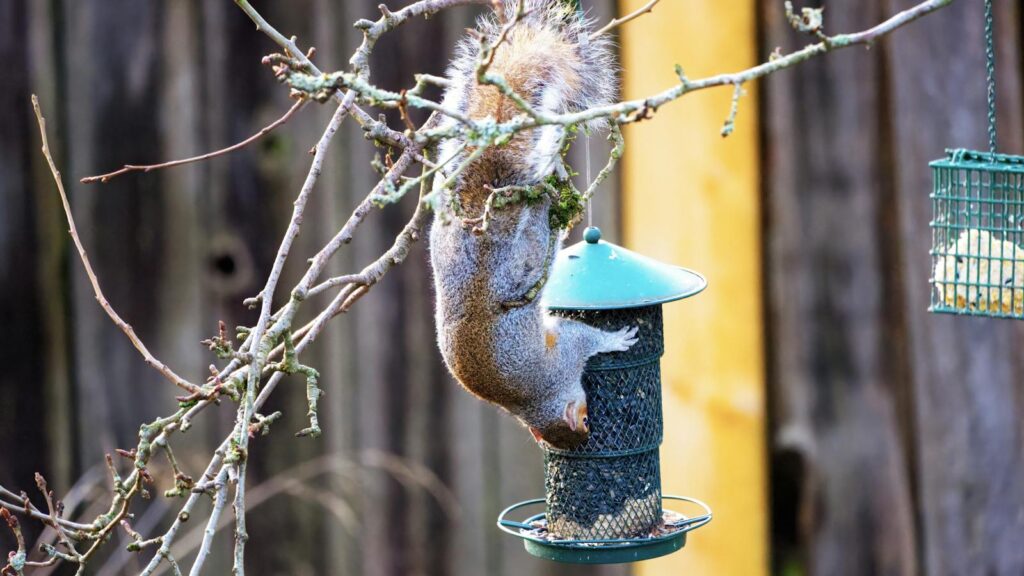
Creating truly squirrel-resistant feeders requires understanding the remarkable problem-solving capabilities of these persistent creatures. Effective DIY solutions incorporate barriers like repurposed metal ductwork shaped into baffles that prevent climbing access from below. Another successful approach involves suspending feeders from thin wire between distant points, creating a path too unstable for squirrels to navigate confidently. Counterweight systems represent particularly ingenious solutions, utilizing adjustable mechanisms that close access to seed ports when triggered by anything heavier than a bird. The most successful homemade designs often combine multiple deterrent strategies rather than relying on a single approach, acknowledging the adaptability of squirrels. Remember that providing dedicated squirrel feeding stations away from bird feeders often proves more effective than attempting to completely exclude these intelligent mammals from your garden ecosystem.
Weather-Resistant Features for Spring Showers
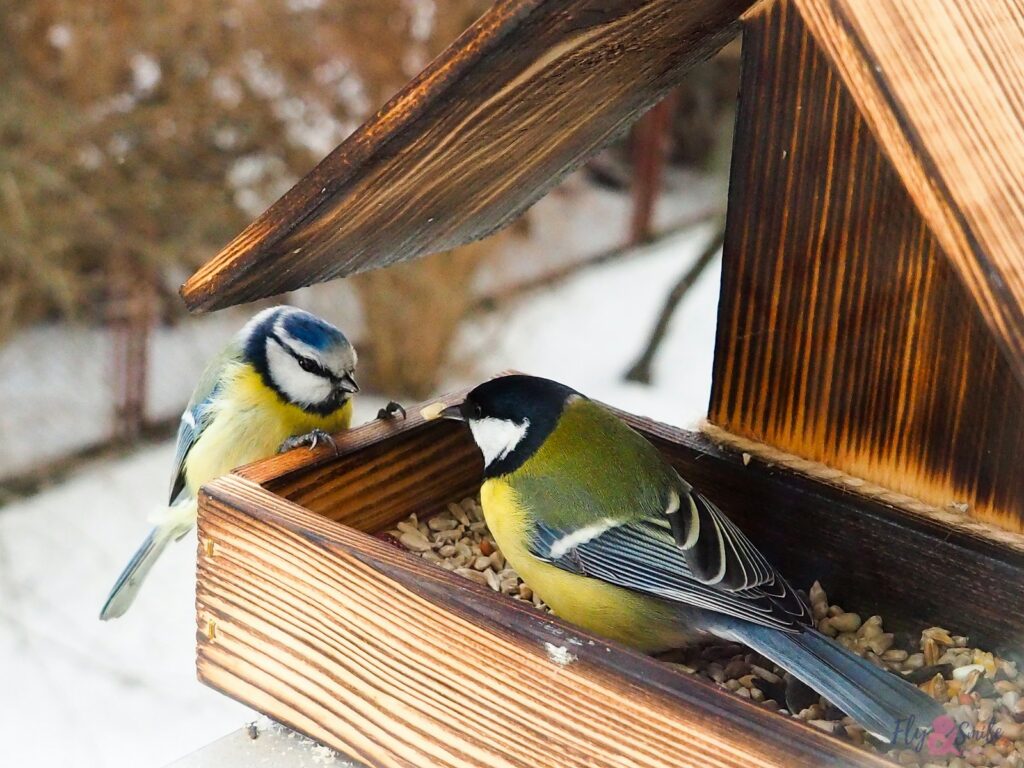
Spring’s unpredictable weather patterns demand feeders designed to maintain functionality through rain, wind, and temperature fluctuations. Incorporating simple peaked roofs made from recycled materials like plastic containers or wood scraps provides essential protection that prevents seed spoilage during wet periods. Drainage holes represent critical features in any effective feeder design, allowing moisture to escape rather than accumulating and promoting mold growth. Weather-resistant materials like cedar, which naturally resists decay, or recycled plastic, which withstands moisture indefinitely, extend feeder lifespan considerably. Strategic placement also contributes to weather resilience—positioning feeders in locations partially sheltered by trees or building overhangs provides additional protection without compromising visibility for both birds and observers.
Specialized Feeders for Different Wildlife Species
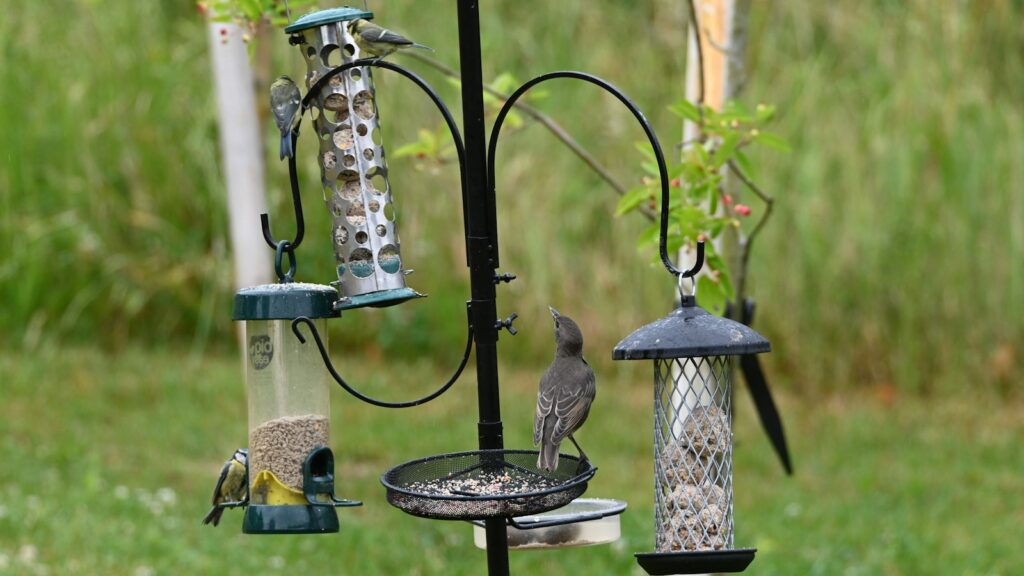
Different wildlife visitors require specialized feeding approaches that commercial one-size-fits-all options rarely provide adequately. For orioles and fruit-eating species, constructing simple spike feeders from wooden dowels inserted into stable bases offers perfect platforms for securing orange halves or apple pieces. Woodpeckers benefit tremendously from suet cage feeders built from repurposed hardware cloth formed into secure containment systems that allow these birds to cling vertically while feeding. Ground-feeding birds like doves and juncos prefer low tray feeders elevated just slightly above soil level, ideally with protective screening to prevent larger competitors from monopolizing the food. Butterfly feeding stations, created from shallow dishes embedded with sponges soaked in sugar water, attract these delicate pollinators while preventing them from drowning in deeper liquid containers.
Maintenance Tips for Keeping DIY Feeders Functional
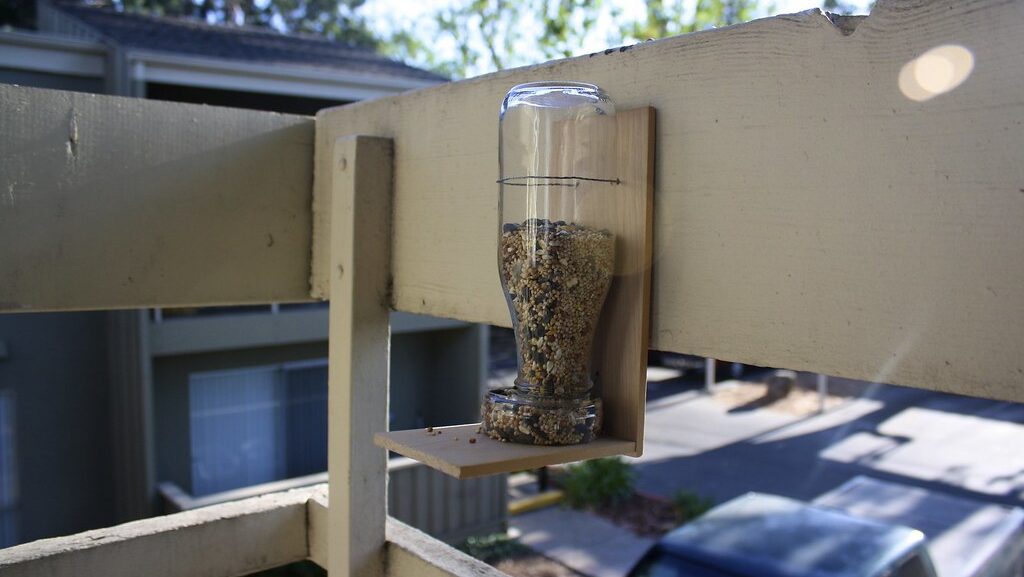
Even the most thoughtfully designed feeders require regular maintenance to remain functional and safe for visiting wildlife. Establish a weekly cleaning routine that includes emptying old seed, scrubbing feeding surfaces with a mild bleach solution (one part bleach to nine parts water), and thoroughly drying all components before refilling. Regular inspections should focus on identifying wear points like hanging mechanisms, perches, and feeding ports that might require reinforcement or replacement. During particularly wet spring periods, consider temporarily reducing the amount of seed offered at any one time to prevent moisture accumulation and subsequent mold development. Keep detailed records of which maintenance approaches prove most effective for your specific feeders, allowing you to develop increasingly efficient routines as you gain experience.
Engaging Children with DIY Feeder Projects
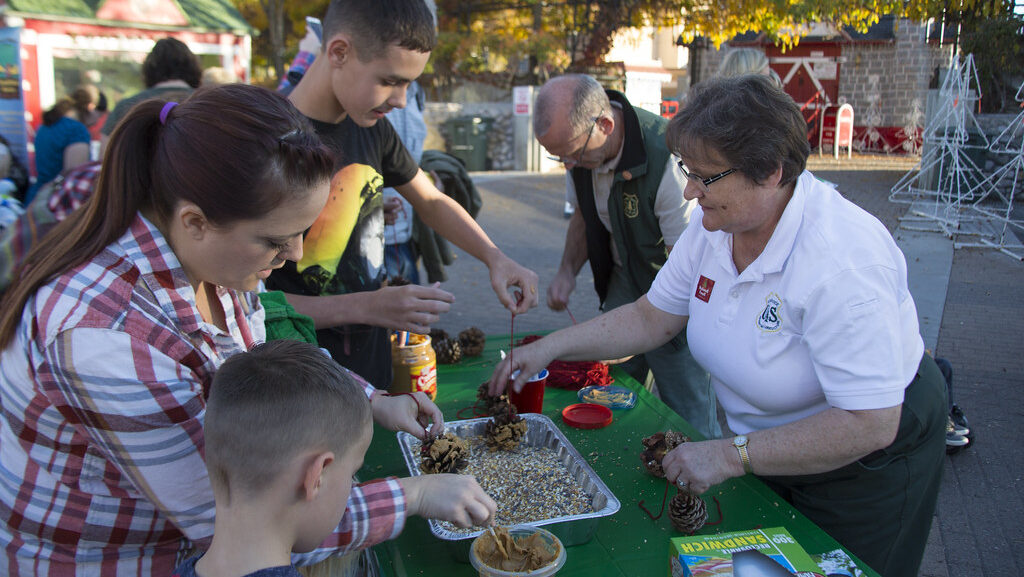
DIY feeder projects offer exceptional opportunities to connect children with nature through hands-on creation and subsequent observation. When working with young helpers, select age-appropriate designs that match their dexterity and attention spans—pine cone feeders work wonderfully for preschoolers while older children can tackle more complex bottle or platform feeders. Incorporate educational elements by researching together which local birds might visit different feeder styles, creating identification guides personalized to your garden’s visitors. Encourage ownership by allowing children to customize their feeders with non-toxic, weather-resistant paints or decorations that express their creativity while remaining safe for wildlife. Establish observation journals where young naturalists can record which species visit their feeders, building both scientific observation skills and emotional connections to the wildlife their creations support.
Documenting Your Success with Spring Wildlife

As your DIY feeders attract increasing wildlife activity, documenting these successes enriches the experience while creating valuable records of local biodiversity. Keep a dedicated garden journal noting which species visit specific feeder types, helping refine designs based on actual wildlife preferences rather than assumptions. Establish a simple photography station at a comfortable distance from popular feeders, using natural camouflage or a basic blind to capture images without disturbing feeding behaviors. Share your observations through citizen science platforms like eBird or iNaturalist, where your documentation contributes to broader scientific understanding of species distribution and behavior. Track seasonal patterns across years to identify when specific species first appear in spring, creating a personalized phenology calendar that deepens your connection to local natural cycles.
Conclusion
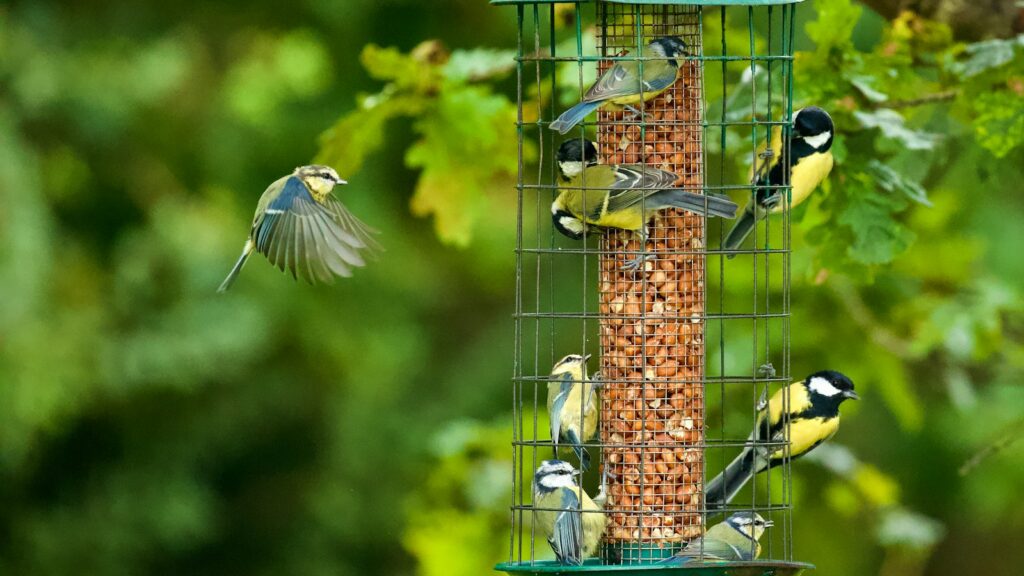
Spring offers the perfect opportunity to engage with nature through functional DIY feeders that support wildlife through a critical seasonal transition. By creating feeding stations that actually work, you not only provide tangible assistance to birds and other creatures but also establish deeper connections between your household and the natural world. Each successful design represents both a creative achievement and a practical contribution to local biodiversity. As you watch chickadees investigate your pine cone feeders or hummingbirds discover your leak-proof nectar stations, you’ll experience the unique satisfaction that comes from supporting wildlife through your own ingenuity. This spring, let your DIY feeders become windows into the fascinating world just beyond your doorstep, transforming your yard into a vibrant ecosystem connection point that benefits wildlife and human observers alike.
